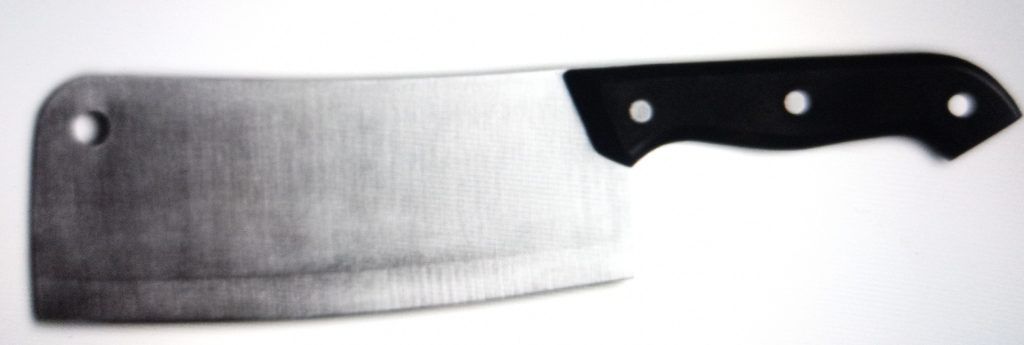Author :chef ssentongo Geoffrey

Blog >kitchen > Different knives and the best uses for each
Not all knives are created equal. Using the right knife for the right job doesn’t just improve the quality of your cuts, it’s also a safety measure.
If you understand what knives to use for different tasks, you’ll prevent injuries and save yourself time and effort in the kitchen.
Students taking cooking classes in Boulder have to familiarize themselves with many different knives to succeed.
Here are the different knives commonly used for culinary arts and the best job for each of them :
CHEF’S KNIFE

It’s right there in the name: the chef’s knife is one of the most frequently used and versatile tools in the kitchen. Chef’s knives are typically between 8 and 10 inches, although they can be as short as 6 inches and as long as 14 inches. You’ll use your chef’s knife for most of your slicing during food prep, and in many ways, it will be the most important tool you use.
PARING KNIFE

A paring knife is basically a small chef’s knife, and should be used for the same tasks on a smaller scale, especially those requiring more precision. Don’t use this kind of knife for any hard vegetables, since it’s light weight can cause you to lose weight use an unsafe amount of force. Paring knives are great for peeling, mincing and detailed cutting.
UTILITY KNIFE

As the name suggests, this is a utilitarian knife-it does multi-duty. The blade is longer than a paring knife and more narrow than a chef’s knife. A utility knife is generally 6 inches long and works well slicing fruit, tender pieces of meat or sandwiches.
BONING KNIFE

Long, thin and strong, this knife is used to remove meat from the bone. It’s thinness allows you to move with the curves and bends of the bone and separate the meat effectively, leaving as little behind as possible. When using a boning knife, do not attempt to cut through bones.
There are two versions of a boning knife, and both have a specific purpose. If you look at a chef’s knives, you’ll likely find both in their collection. A boning knife is narrow, comes to a very sharp point, suitable for removing skin and bones from poultry and fish.
BREAD KNIFE

Once again, this knifes name is not particularly subtle. The bread knife cuts through bread. It’s serrated edge let’s it slice bread without tearing the loaf apart.
The saw-like bread knife-is ideal when you want to cut something without applying pressure. It’s great for gently slicing fresh bread.
CARVING KNIFE

When you want a clean, precise cut, the carving knife is ideal. A good carving knife is usually fifteen inches long. It’s thin blade, and indentation that stops food from sticking to the surface, make it the perfect choice when carving turkey, ham, pork or a beef roast.
CHEESE KNIFE

Soft cheese often stick to knife, which is why cheese knives have holes in them. These holes reduce the cheese’s surface contact with the knife, and cuts down on sticking.
TOMATO KNIFE

Tomatoes are notoriously hard to slice because their skin is prone to tearing. Very small serrations on the tomato knifes blade grip the skin of the tomato and reduce tears, allowing you to slice through easily.
CLEAVER

Cleaver are heavy, sharp knives used to cut through bones. Their size and weight help you drive them down through meat and bones, letting you prepare your meat yourself. While this knife isn’t particularly common in home kitchens, many chefs in restaurants use them, so they have total control over their cuts of meat.
DECORATING KNIFE

If a chef wants his or her food to have a designed edge e.g a zig-zag pattern he or she can use a decorating knife.
KEEP KNIVES SHARP WITH A HONING ROD

It’s important to have the right knife for the job.. but just as important to have the right tool to keep a sharp edge on your chef’s knives. A honing rod should be part of your collection…
What’s your ideal culinary career :
Fine dining?
Your own restaurant?
Pastry?
Get out self-evaluation guide to find out?


Yes, follow my page to know more about culinary career and recipes.

Leave a comment